How to Get Rid of Clover in Lawn Without Killing Your Grass
- March 8, 2024
- 3 comment
Clover’s unique three-leaf pattern and tiny white flowers might look charming, but it’s not always welcome in a well-manicured lawn. While clover can improve soil by adding nitrogen, it can also spread quickly, disrupting the clean, green look many of us want. If you’re tired of clover taking over, this guide will show you practical, natural ways to kill clover without harming grass, along with safe, effective tips for keeping your lawn clover-free.
Understanding Clover
What is Clover?
Clover, or Trifolium, is known for its iconic three-leaf shape and reputation as a symbol of luck. With over 300 species worldwide, clover is resilient and easily adapts to different environments, which is why it often finds its way into lawns uninvited. Although clover can help improve soil by adding nitrogen and even attracts pollinators with its small white, pink, or red flowers, it’s not always welcome in a well-kept lawn.
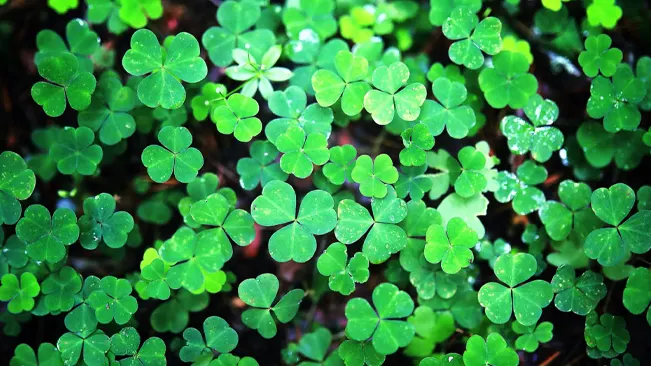
While clover’s hardiness can be useful in some settings, it often spreads quickly and competes with grass, disrupting the clean, green look that many lawn enthusiasts prefer. If you’re aiming for a clover-free lawn, knowing how to safely remove clover and prevent it from spreading can help you keep your lawn looking its best.
Why Does it Appear in Lawns?
Clover shows up in lawns for several reasons, and it’s no coincidence. Its hardy seeds can stay dormant for years, waiting for the right conditions to grow. Clover seeds can find their way into your lawn through wind, animals, or even soil and lawn care products.

Clover often signals that your soil might be low in nitrogen—a nutrient essential for healthy, green grass. Unlike grass, clover has a unique ability to “fix” nitrogen from the air thanks to bacteria in its roots, providing natural fertilization. This makes clover both helpful and challenging: it can enrich the soil, but it also spreads quickly, competing with grass for space. If you’re looking to maintain a clover-free lawn, understanding these factors can help you manage its growth more effectively.
How To Get Rid of Clover
1. Improve Lawn Health
- Adjust Soil pH: Clover thrives in soil with low nitrogen. Test your soil’s pH and adjust it based on your grass type. Most grasses grow best in slightly acidic to neutral soil (pH 6.0–7.0).
- Use Nitrogen-Rich Fertilizer: Fertilizing with nitrogen helps grass outcompete clover by addressing nutrient gaps.
- Aerate the Soil: Compacted soil can favor clover over grass. Aerating your lawn improves water, nutrients, and oxygen flow to grass roots, strengthening grass growth.
2. Cultural Practices
- Mow at the Right Height: Taller grass (about 2.5 to 3 inches) shades the soil, blocking clover seeds from sprouting.
- Water Deeply but Less Often: Deep, occasional watering encourages strong grass roots that can compete against clover.
- Overseed Bare Spots: Plant extra grass seed in open patches to prevent clover from taking over.
3. Natural Removal Techniques
- Hand Weeding: For small patches of clover, hand-pulling is an effective way to remove it. Make sure to pull out the roots to stop it from growing back.
- Vinegar Solution: Vinegar is a natural herbicide that can kill clover. Mix equal parts vinegar and water, and spray it directly onto the clover. Be careful—vinegar can harm grass too, so apply it only on clover.
- Corn Gluten Meal: This acts as a pre-emergent herbicide to stop clover seeds from sprouting. Apply corn gluten meal in early spring before clover seeds have a chance to grow.
4. Chemical Solutions
- Selective Herbicides: If needed, use a herbicide that targets clover without harming grass. Look for ingredients like MCPP, dicamba, or triclopyr, and follow all application instructions carefully.
5. Maintaining a Clover-Free Lawn
- Regular Monitoring: Check your lawn for new clover growth and tackle it early.
- Good Lawn Practices: Continue mowing, watering, and fertilizing regularly to keep your grass healthy and clover-free.
Natural Removal Techniques
1. Hand Weeding

Hand weeding is an eco-friendly way to remove clover from your lawn. It works best when the soil is moist, making it easier to pull out the roots. To prevent clover from growing back, make sure to remove as much of the root system as possible. Using a weeding tool can help you pull out the entire root, making the process quicker and more effective.
2. Vinegar Solution
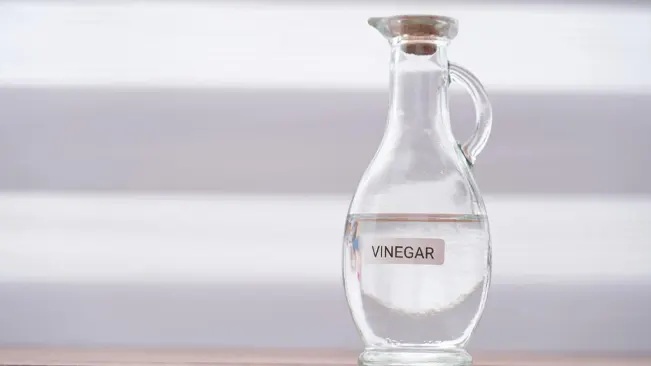
Vinegar works as a natural herbicide because of its acetic acid. Mix equal parts water and white vinegar to create a clover-killing solution. Spray it directly onto the clover, being careful to avoid grass and other plants since vinegar can harm them, too. For best results, apply the solution on a sunny day, as sunlight boosts its weed-killing power.
3. Corn Gluten Meal
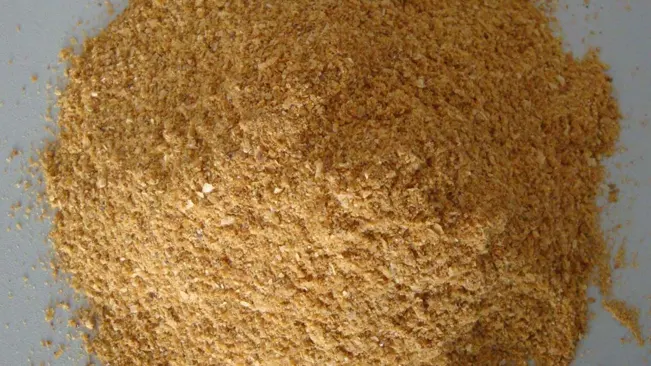
Corn gluten meal is a natural pre-emergent herbicide that stops clover seeds from sprouting. Made from corn milling byproducts, it also adds nitrogen to the soil, which can benefit your lawn. Apply corn gluten meal in early spring, before clover seeds germinate, and follow the package instructions for the right amount. For lasting results, you may need to apply it for a few seasons to reduce clover seeds in the soil.
4. Boiling Water
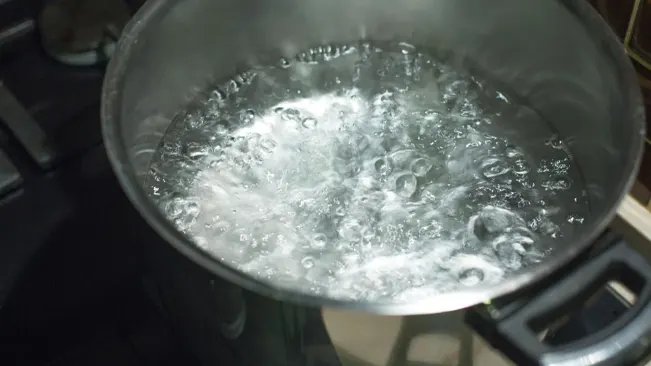
Pouring boiling water directly onto clover patches is a quick way to kill clover. The heat damages the plants and can weaken their roots. Be careful when handling boiling water to avoid burns, and apply it only to clover spots since it can harm surrounding grass and plants. Use this method sparingly and with precision for the best results.
5. Soap and Water Solution

A mild soap and water mix can help remove clover by breaking down its waxy leaves, making it more likely to dry out. Add a few drops of dish soap to water in a spray bottle and spray it directly onto the clover. This method works best on hot days, as the heat speeds up the drying process.
Nitrogen Boost
Organic Fertilizers
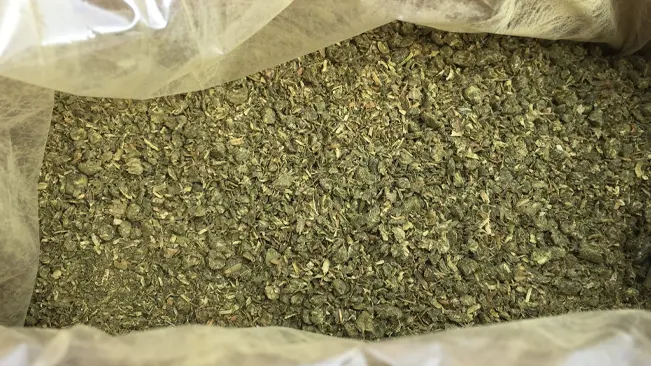
Organic fertilizers naturally boost soil nitrogen, helping to improve lawn health over time. They release nitrogen slowly, giving a steady supply without the highs and lows of synthetic fertilizers. Options include blood meal (made from dried animal blood) for quick nitrogen, fish emulsion for a strong nutrient boost, and alfalfa meal to enrich the soil. These organic choices support a lush, eco-friendly lawn.
Composting
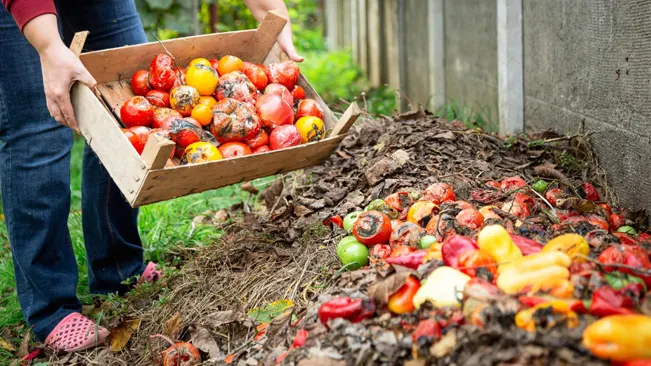
Composting is a remarkably effective and environmentally friendly method for enriching the nitrogen content of your lawn’s soil, contributing significantly to its overall health and vitality. The process involves the biological decomposition of organic matter, such as kitchen scraps (like fruit and vegetable peels, coffee grounds, and eggshells) and yard waste (including leaves, grass clippings, and small branches), resulting in a nutrient-rich substance known as compost.
Nitrogen-Rich Lawn Treatments
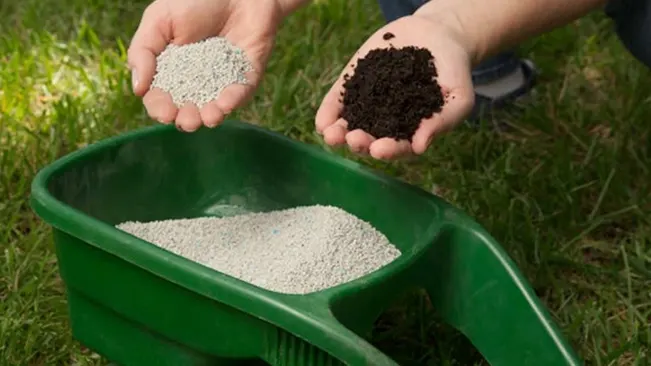
Synthetic nitrogen fertilizers help create a lush, green lawn. Quick-release fertilizers work fast for instant green-up, while slow-release types provide steady nutrition over time. Liquid nitrogen fertilizers, sprayed onto the lawn, allow for quick, even absorption great for fixing nutrient gaps. Choosing the right type depends on whether your lawn needs a fast boost or steady care for long-term health.
Grasscycling
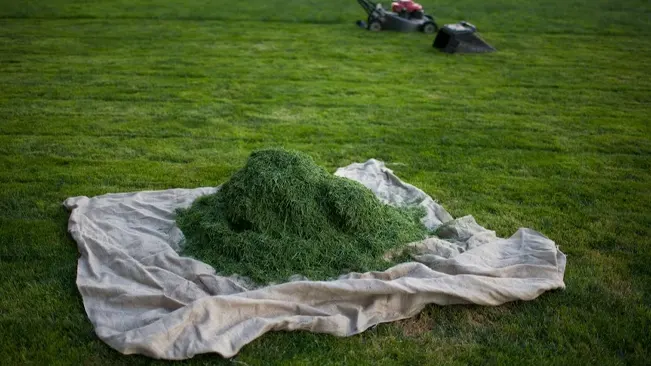
Grasscycling is the practice of leaving grass clippings on your lawn after mowing. This method saves time and naturally returns nutrients, especially nitrogen, back into the soil. As the clippings break down, they act as a natural fertilizer, helping with moisture retention and building healthier soil. This eco-friendly approach reduces yard waste and supports a greener, healthier lawn with little effort.
Chemical Solutions
If natural methods aren’t enough to control clover, selective herbicides can help. These herbicides target broadleaf weeds like clover without harming the grass, thanks to ingredients like 2,4-D, MCPP, dicamba, and triclopyr. These chemicals disrupt the growth of clover, causing it to die off while keeping your lawn intact. Be sure to choose herbicides labeled for lawn use to protect your grass and nearby plants.
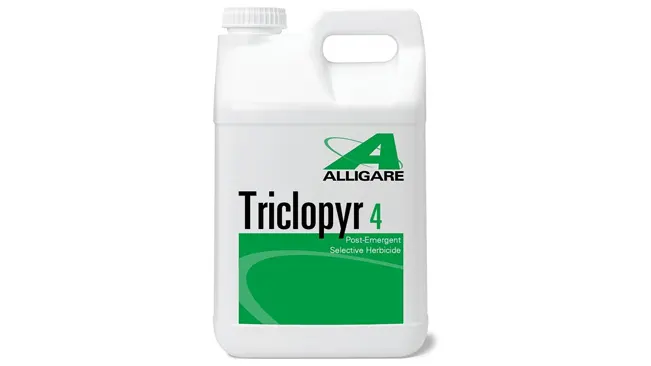
Using chemical herbicides requires careful attention to the manufacturer’s instructions for mixing, dosage, and safety. The best time to apply herbicides is during mild weather in late spring or early fall when clover is actively growing. This timing helps the herbicide absorb fully, making it more effective. Always wear protective gear to avoid skin and eye contact, and keep children and pets away from treated areas until dry. Avoid using herbicides near water sources to prevent pollution. While chemical methods can effectively kill clover, they should be a last resort due to their environmental impact. For the healthiest lawn, combine chemical treatments with other weed control methods.
Regular Monitoring and Quick Action
Regularly checking your lawn helps you spot and tackle clover early. Acting fast whether by pulling out clover manually or using a natural or chemical treatment on small patches can stop it from spreading across your lawn.
Lawn Health Improvement
- Proper Fertilization: Apply a balanced fertilizer that meets your lawn’s needs, especially with enough nitrogen to support strong grass growth.
- Adequate Watering: Water deeply but less often to encourage deep roots, making your lawn stronger against weeds and drought.
- Regular Mowing: Mow at the right height for your grass type, usually removing only one-third of the blade. This keeps the lawn dense, helping it outcompete clover and other weeds.
Conclusion
Managing clover in your lawn requires a balanced approach: understanding clover’s growth, improving lawn health, and using natural or chemical removal techniques as needed. While clover can add nitrogen to your soil, its fast spread can disrupt the look of a smooth, green lawn. Natural methods like hand weeding, vinegar solutions, and soil improvement work well for small patches and are eco-friendly options. For tougher infestations, selective herbicides can help but should be used carefully due to their environmental impact. A thick, healthy lawn is the best defense against clover regular mowing, proper fertilization, and deep watering create a lush lawn that resists clover naturally.
FAQs
- Can clover be beneficial to my lawn?
Yes, clover can be beneficial as it fixes nitrogen from the air, enriching the soil naturally, which supports grass growth. It’s also drought-resistant and can stay green, adding to your lawn’s aesthetics during dry spells. - What is the best time of year to treat clover on my lawn?
The optimal time for treating clover is during its active growth periods, typically in late spring or early fall. This ensures that any treatments, whether natural or chemical, are most effective. - Are there any natural methods to remove clover without harming my lawn?
Yes, there are several natural methods, including hand weeding, applying a vinegar solution, or using corn gluten meal as a pre-emergent herbicide. These methods can minimize clover without adverse effects on your lawn grass. - How long does it usually take to see results after treating clover?
The time frame can vary depending on the treatment method. Natural remedies might take longer, several weeks to months, while chemical herbicides can show results within days to a couple of weeks. - Is it necessary to completely remove clover from my lawn?
Not necessarily. Some homeowners choose to keep clover in their lawns due to its benefits. It’s a personal preference, depending on your lawn care goals and the aesthetic you desire for your outdoor space.
We hope these tips help you tackle clover in your lawn effectively while keeping your grass healthy and vibrant. Have you tried any of these methods, or do you have other tricks to share? Drop a comment below—we’d love to hear about your experiences and learn from each other!

Joel Cunningham
Forestry AuthorI'm Joel Cunningham, an expert in pruning and weed management with over a decade of experience. My skills are rooted in formal training and extensive practice, focusing on advanced pruning techniques and efficient weed control. I'm known for my quality work, precision, and deep understanding of plant health and soil dynamics. My contributions extend to educational initiatives where I share sustainable practices and advice, establishing myself as a reliable and authoritative figure in the gardening community.
3 comments
Good morning Joel, eould adding lime to the soil once aerated help with a clover infestation. Does leaving the mixed grass in the lawn with clover seeds not create another monster problem? Thanks kindly
Sue
March 10, 2024 8:09 amApplying lime to soil post-aeration can aid in addressing clover infestations by optimizing pH levels for grass growth, provided soil tests indicate necessity. To prevent clover spread, avoid grasscycling when clover seeds are mature, resuming once infestation is controlled.

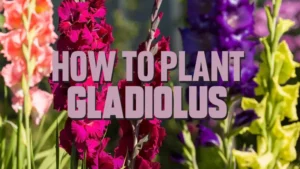

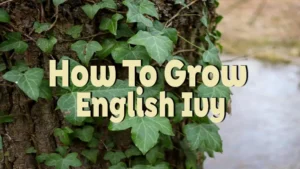

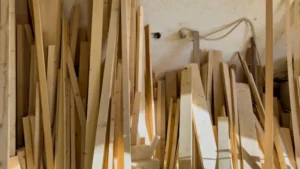

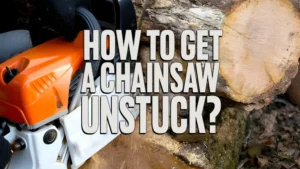


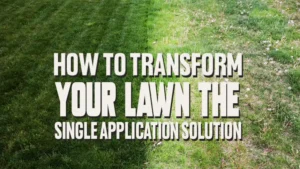


Thank you for the article on Clover LOL I have been calling it crabgrass for 50yrs .
Lucy Hyler
June 19, 2024 3:00 am